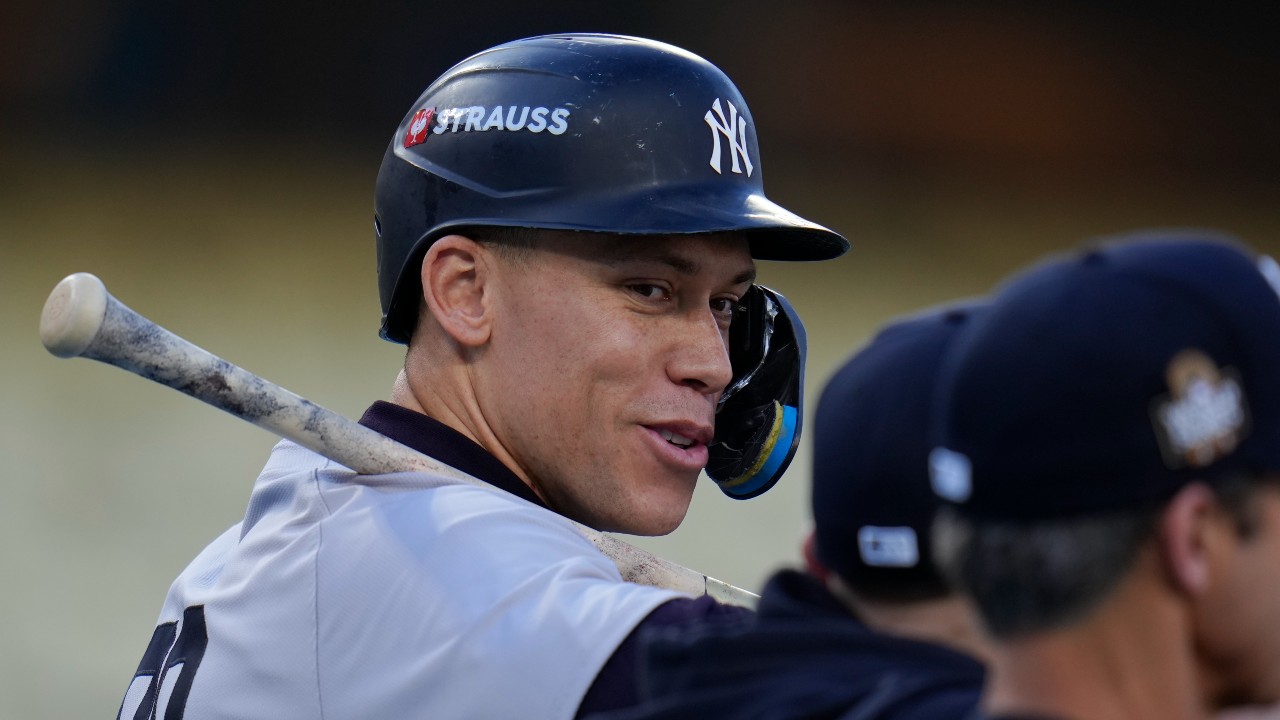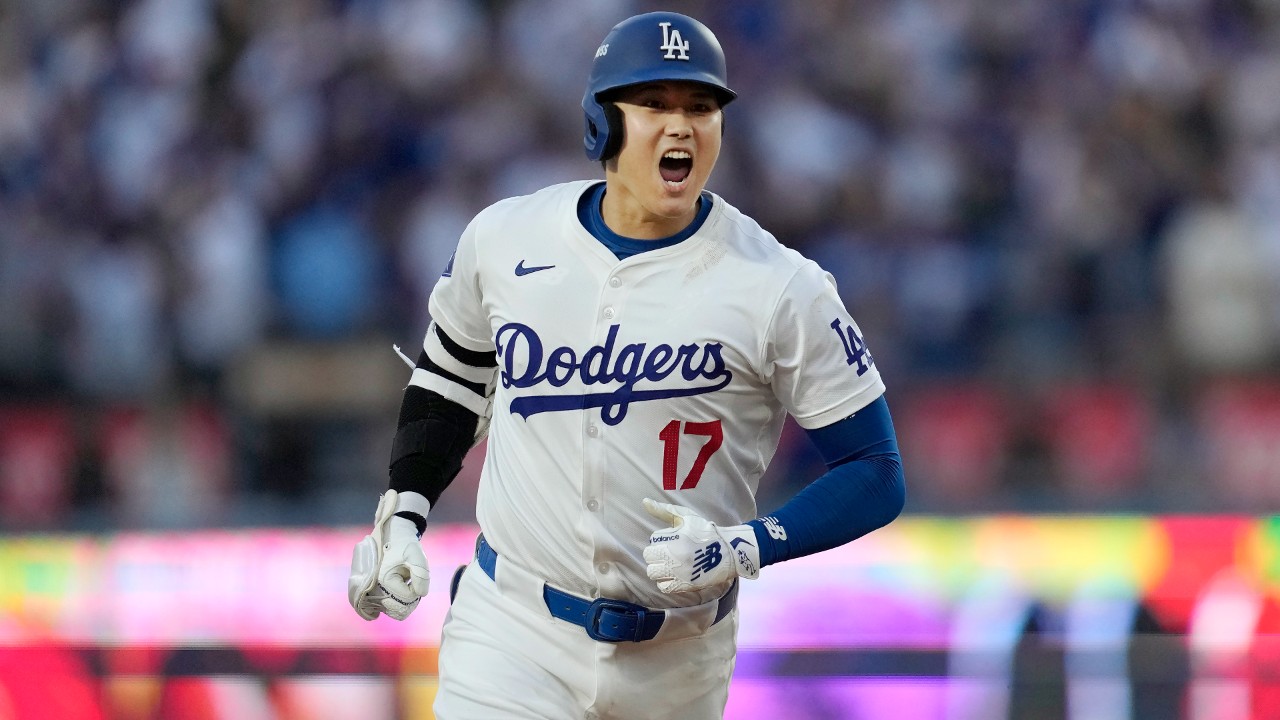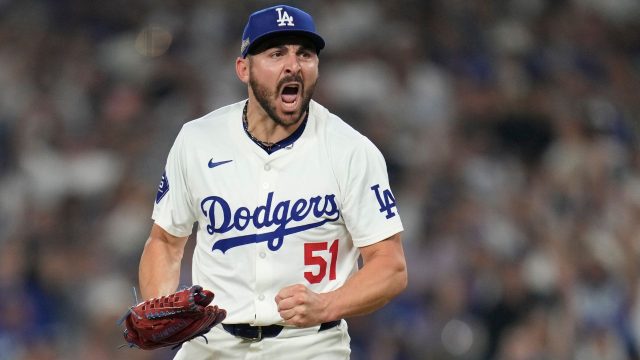
LOS ANGELES – The layers to this New York Yankees–Los Angeles Dodgers matchup in the World Series run deep. They are foundational franchises in the sport as well as historic rivals, each with major international cache amplified by Shohei Ohtani. They are major markets on opposing coasts, the capitals for finance and entertainment, Broadway versus Hollywood, with star-laden followings that add a dimension of glamour some Fall Classics lack. They also feature some of the most intriguing talents in the sport, Juan Soto, Aaron Judge and Giancarlo Stanton versus Ohtani, Mookie Betts and Freddie Freeman.
At the same time, this is also a clash of ambition and a reward for the use of financial might in an era that celebrates front offices for using creativity to find value and to do more with less. The Dodgers and Yankees aren’t content trying to win 54 per cent of their games and waiting for an October in which the post-season rolls their way – they’re relentless in pursuit of championships and one of them is about to get one.
“I feel like I see all these other leagues, like the NBA, the minute free-agency opens, you have 10, 15, 20 players already signing. I’d love to see that with us where teams are looking to add, they’re looking to improve their squad, they’re looking to be better than they were last year,” said Yankees superstar Aaron Judge, who two winters ago signed a $360-million, nine-year deal, the fourth-largest contract in MLB history. “Definitely a series like this, where you’ve got two teams that went out and got a lot of players, went out and made a lot of moves and now they’re here on the biggest stage, that kind of shows if you go out there and spend, good things are going to happen.”
The Yankees, fresh off missing the playoffs in 2023, acquired Soto last off-season in a transformative blockbuster for the pending free agent with the San Diego Padres that also brought them Trent Grisham, signed Marcus Stroman for $37 million over two years with a vesting option for a third year, and traded for Alex Verdugo.
While that pushed their Competitive Balance Tax, or CBT, payroll total above $300 million for the first time to nearly $315 million, it was relatively muted compared to the Dodgers’ billion-dollar winter centred around the signings of Ohtani ($700 million) and Yoshinobu Yamamoto ($325 million), The Dodgers’ off-season also included trading for and extending Tyler Glasnow ($136.6 million), signing Teoscar Hernandez ($23.5 million) and extending Will Smith ($140 million), among other moves.
That made a club that had gone 100-62 in 2023 even deeper, which came in handy when a slate of injuries to key players hit throughout the summer, including to Glasnow, lost to an elbow sprain in September.
Before the Dodgers got him, the 31-year-old righty lived on the opposite end of the baseball spectrum, experiencing the full life cycle of a Tampa Bay Rays star, acquired as a prospect in one process of renewal, blossoming into a rotation pillar and then being dealt in the next metamorphosis.
“The biggest difference is like Shohei and Freddie and Mookie and (Clayton) Kershaw, all these dudes, you can have the best of the best,” said Glasnow. “You can sign them because the market’s big, so it’s great. And then you take that with this … crazy advanced development and data and it’s just like this perfect storm. That’s why it’s one of the best organizations in all of sports for such a long time.”
Indeed, the Dodgers in particular, but the Yankees, too, excel in all facets of roster management and player acquisition, which is what makes the they-bought-their-way-to-the-World-Series rebukes lazy and wrong.
Big-spending clubs crash-and-burn all the time.
The New York Mets, who lost the National League Championship Series in six games to the Dodgers, led the majors with a CBT payroll of $350 million this year, according to Spotrac, but last year spent a record $374.6 million to finish 75-87.
The San Diego Padres spent $291.2 million last year but finished out of the playoffs at 82-80, returning to the post-season this year with a payroll of $228.6 million while pushing the Dodgers to five games in the division series. The Toronto Blue Jays, even after their roster selloff, spent a projected $235 million for a 74-88 finish.
The Dodgers were second in the majors this year at $340 million, about $25 million more than the Yankees, who were third, after sitting second last year at $296 million.
“It’s spend, but it’s also spend wisely,” said lefty Tim Mayza, who after years of watching the Yankees from a distance joined them this season after the Blue Jays released him. “You look at the guys who take up a lot of the salary in Ohtani and Soto and Judge and you’re talking about premier talents. We also have (Gerrit) Cole, (Carlos) Rodon, guys who are worth the money and obviously can provide wins and can really carry the load to get you to this point. I think it does the game really well and rewards teams for having those complete rosters.”
And it’s the completeness of those rosters that have allowed both the Yankees and the Dodgers to survive the season’s attrition and the randomness of the post-season to sit four wins away from a title, which would be the 28th for New York, the eighth for Los Angeles.
“It’s like a triple win,” Glasnow said of the two big-spending teams matching up in the World Series. “It’s good for the game, MLB is probably stoked. The teams are super happy. And then it’s good for players. Maybe not the past few years, but it’s a spend-more-and-good-things-happen type of mentality and that’s the case this year.”
One additional twist to a Fall Classic already full of intrigue.







